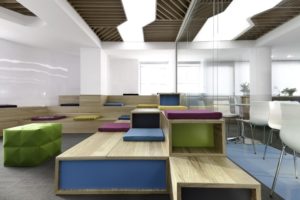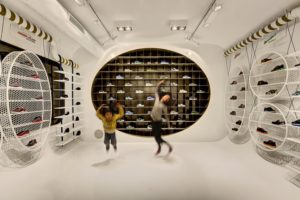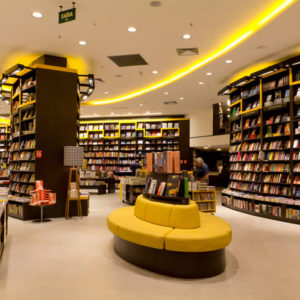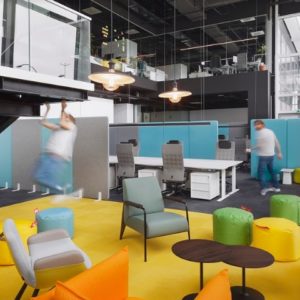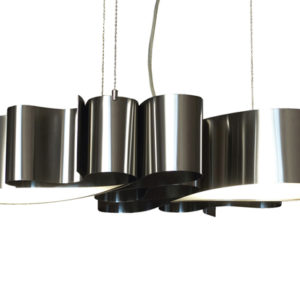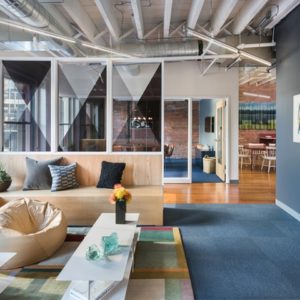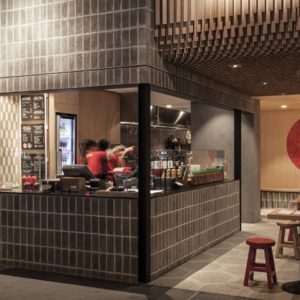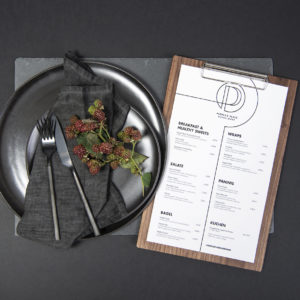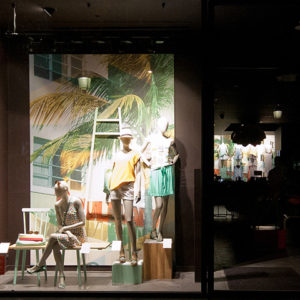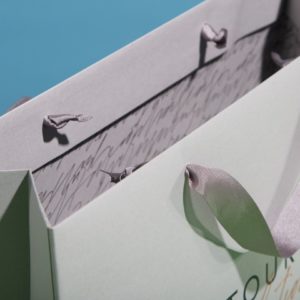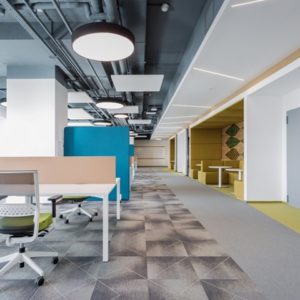
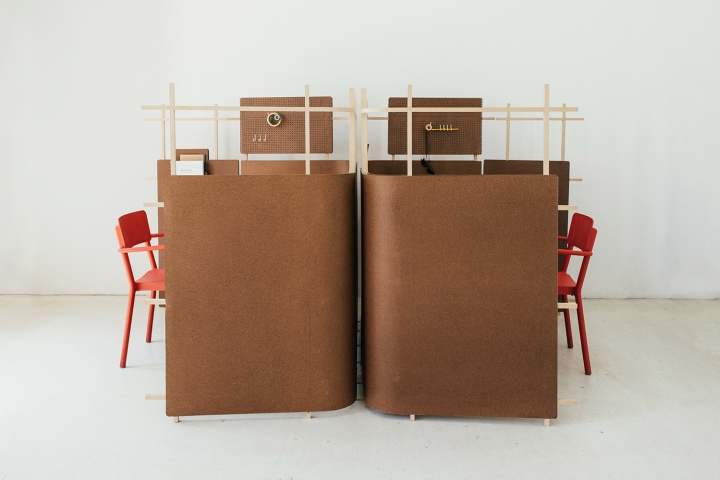

Hardboard is a wooden fiberboard that is produced by compression at high temperatures, making a smooth and uniform surface. It is known for being highly flexible and very resistant to humidity. In spite of these qualities, the product has been pigeonholed for specific uses — rear panels, bases, packaging — losing visibility and importance in the world of architecture and design.
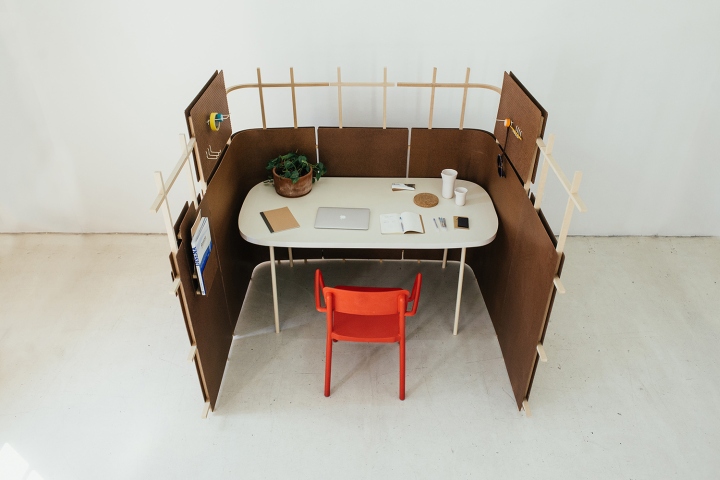
Hoping to change how the material is viewed by designers and architects, Arauco invited The Andes House to develop an attractive and innovative solution that would allow the product’s advantages to really stand out. With experience designing products using very basic raw materials such as wicker and pine, the team at The Andes House created Ensamble, the project that we’re presenting to you now.
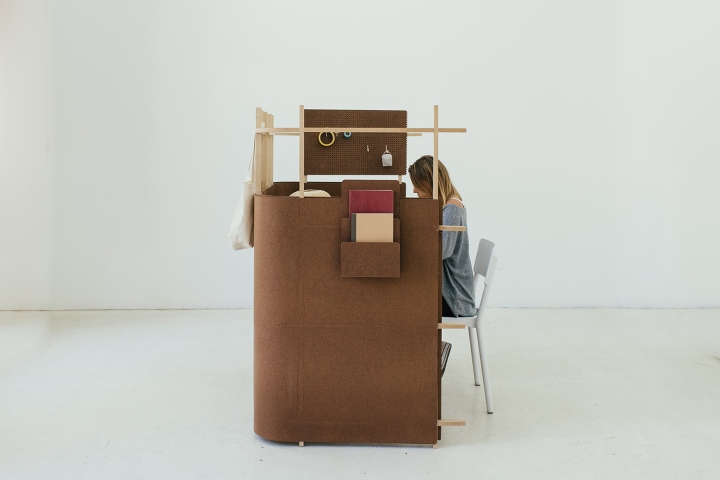
The project took 6 months to complete, and was divided into 3 stages:
– Analysis: gather information about the product, production process, technical specifications. Visit the plant, meet with furniture makers and conduct interviews with people at Arauco.
– Design and development of the boards: test boards to understand their potential
– Design and development of products: define, design, and construct final products.
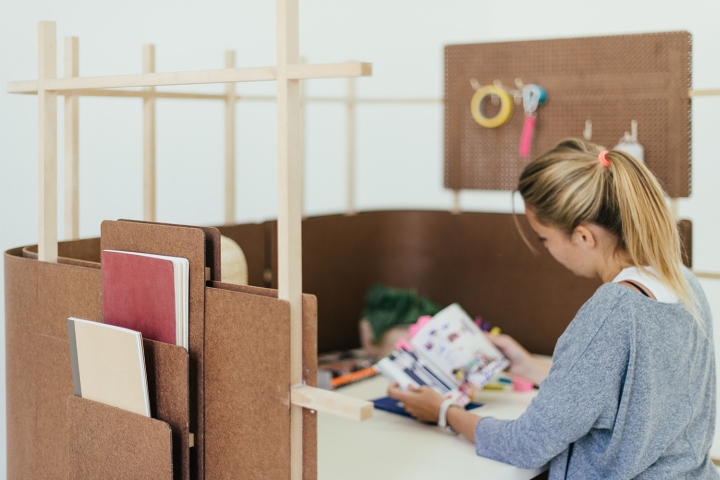
As a result of the analysis, the material’s most promotable qualities are its flexibility, lightness, and low cost. Christian Dominguez, architect in charge of the project, commented that these attributes were applied on two scales: “One scale that was more architectural, that are enclosures to define spaces, and one scale to accessories, with the purpose of organizing a specific work space.”
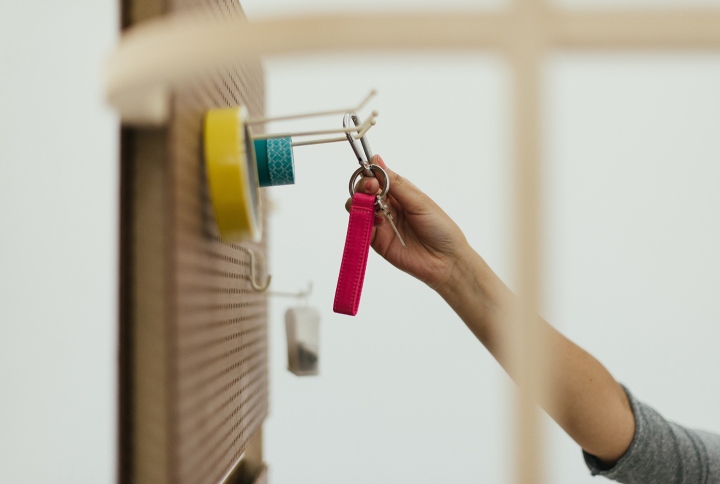
They then designed tools to fulfill the maximum potential of these qualities, like a compression system to make curves and applying water to improve flexibility. The project doesn’t require any other elements to build, and works by fitting the pieces together. “The union is 100% the result of the integrity of the panel. The material itself provides the conditions to be able to generate different units.”
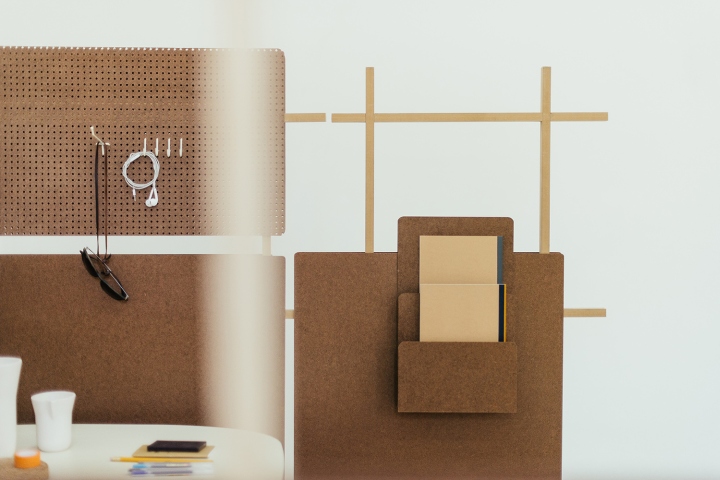
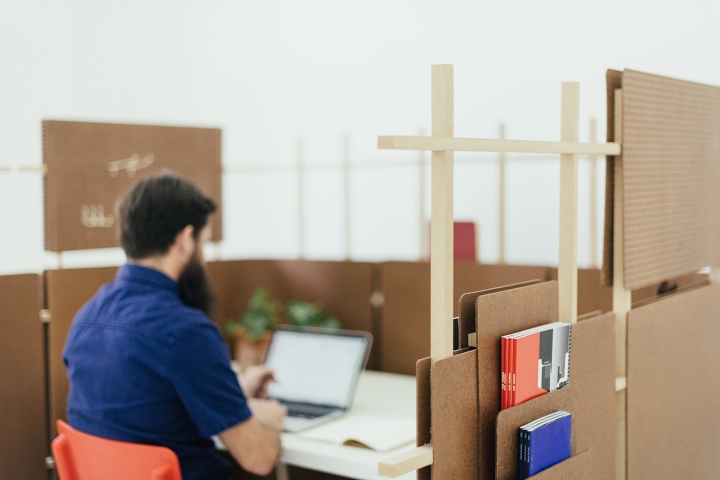
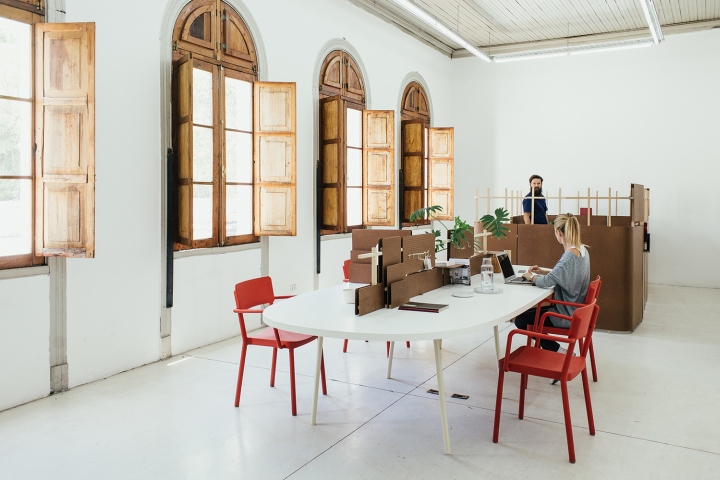
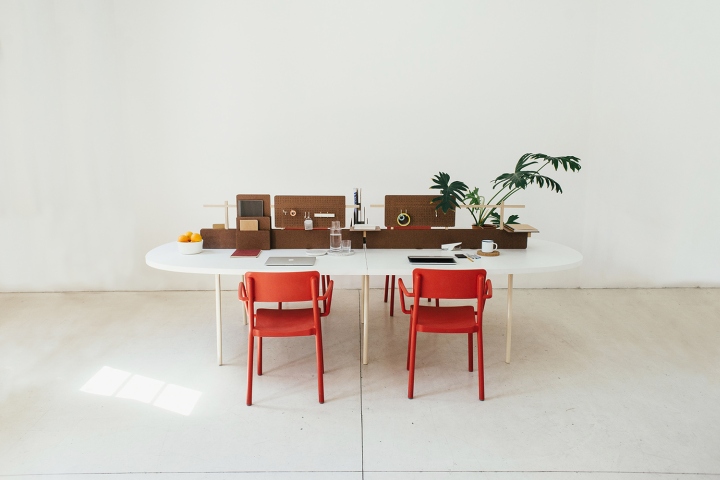
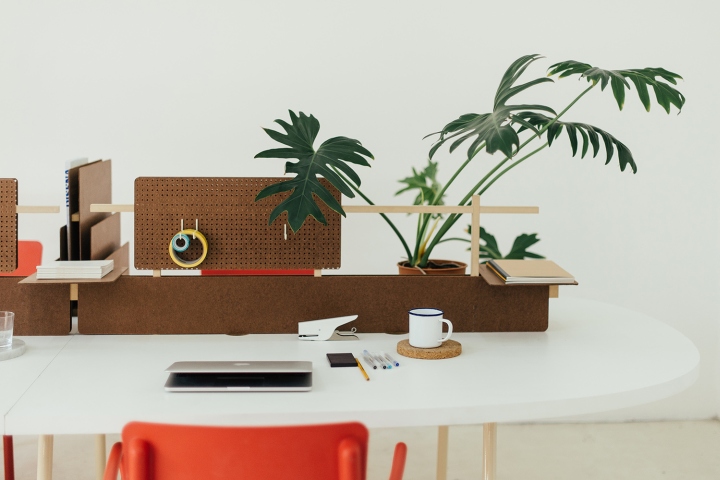
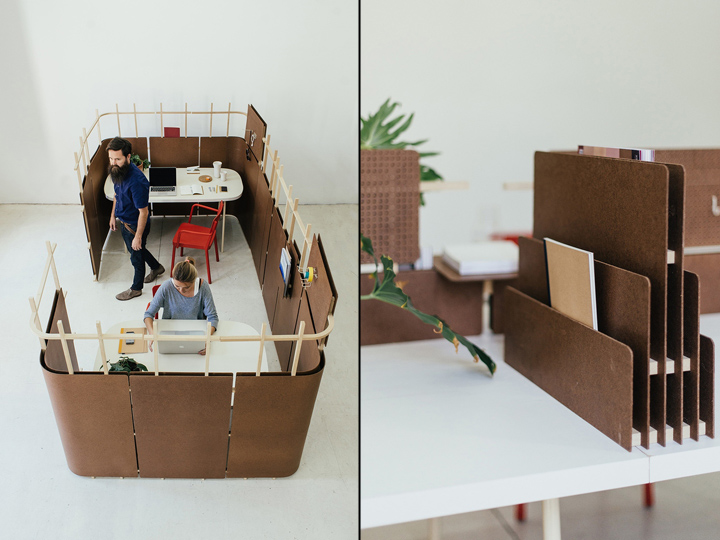
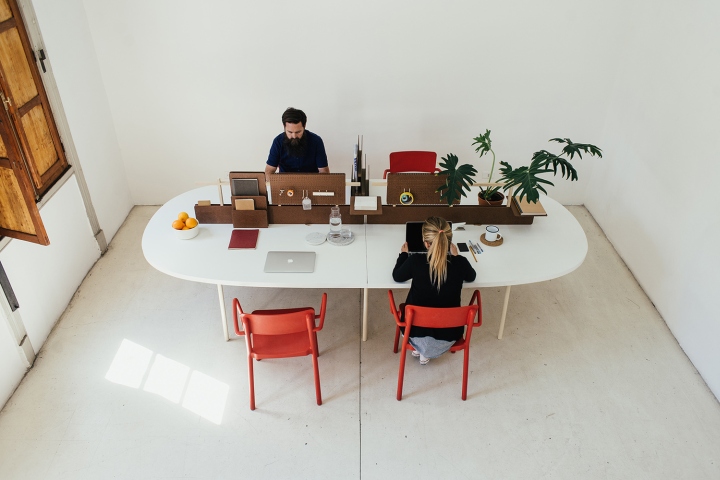











Add to collection
